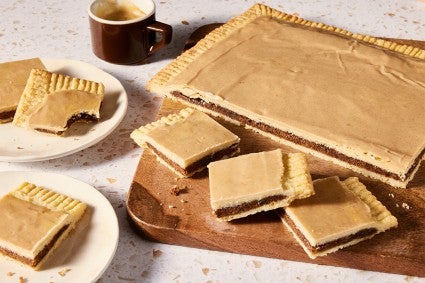Light vs. dark brown sugar: What's the difference?
And can I substitute one brown sugar for another?


Before we break down the difference between light and dark brown sugar, let’s review what brown sugar is. Originally, it was sugar that retained some of the natural molasses found in sugar cane juice even after processing — unlike white granulated sugar, in which all of the molasses has been removed.
Today, though, the brown sugar you commonly buy is just white granulated sugar with molasses added back in — up to 10% molasses, by weight. (That’s why you can easily make your own brown sugar substitute by combining white sugar with a small amount of molasses.)
The difference between light and dark brown sugar comes down to the amount of molasses it contains.
Dark brown sugar has a higher amount — about 6.5% — while light brown sugar hovers around 3.5%. That difference means that dark brown sugar (true to its name!) has a darker appearance and more assertive flavor, while light brown sugar is milder in both look and taste.

Yes. Though they differ slightly in color and flavor, that difference won’t be obvious in your baked goods. Neither will the small difference in acidity (as molasses is an acidic ingredient, and thus can impact how your leaveners perform). They also weigh the same, so you can interchange them whether you’re baking by weight or volume.
If your recipe specifically calls for “light” or “dark” brown sugar, you should use that type if you can. But if you only have one type of brown sugar on hand, go ahead and proceed with the recipe. And if your recipe just calls for “brown sugar” without specifying, feel free to use either.
Looking for recipes that call for brown sugar? Try Brown Sugar Sour Cream Pound Cake, Old-Fashioned Apple Cake with Brown Sugar Frosting, and Giant Brown Sugar Cinnamon Pop Tart.
Cover photo by Patrick Marinello; food styling by Lydia Fournier.

